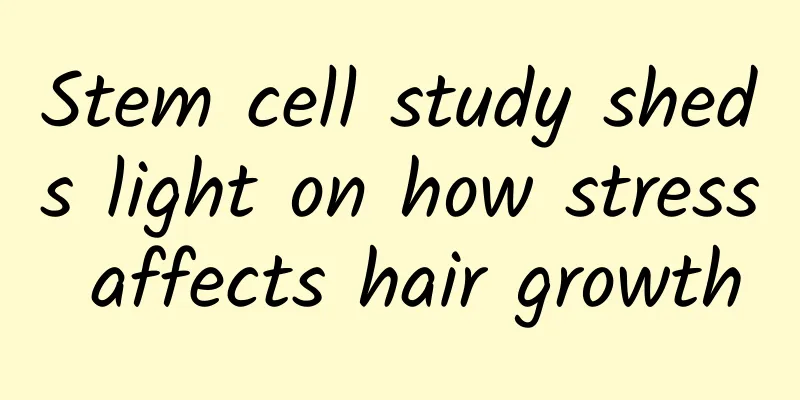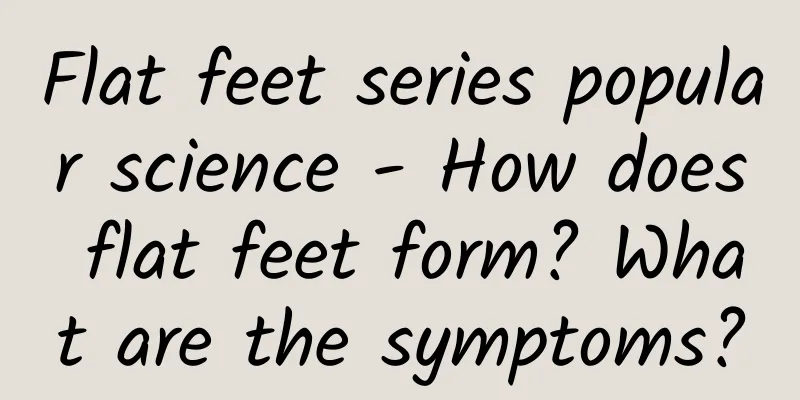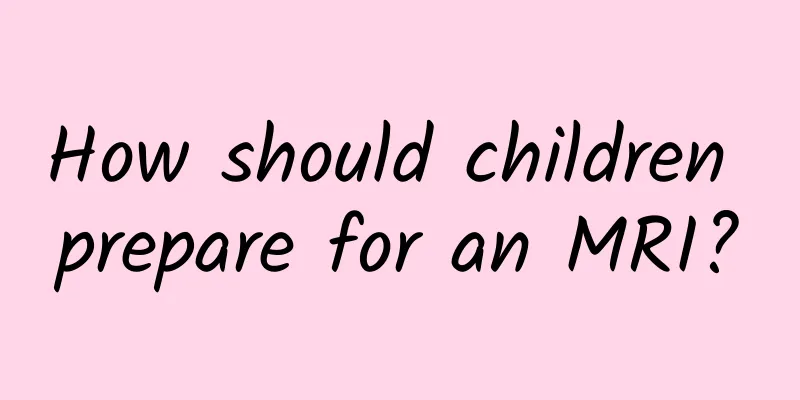Stem cell study sheds light on how stress affects hair growth

|
According to a stem cell study recently published in the British journal Nature, a research team from Harvard University and other institutions in the United States revealed that hormones can inhibit hair growth by regulating hair follicle stem cells. They clarified for the first time the mechanism behind this phenomenon in mice and proposed possible methods to reverse the phenomenon. Hair follicles switch between the growth phase and the resting phase. Studies on rodents and humans have shown that stress may affect hair growth. Whether it is people's experience or the consensus of medical research, mental stress is indeed an important cause of hair loss. But unfortunately, people have not been clear about the exact relationship between the two. To determine the impact of stress on hair growth, this time, a team including researchers from Harvard University in the United States and the School of Life Sciences of West Lake University in China analyzed in detail how corticosterone (a hormone released by mice under long-term chronic stress) regulates the activity of mouse hair follicles. Experiments on mice showed that when corticosterone levels are elevated, the resting phase of hair follicles is prolonged and cannot regenerate; conversely, if corticosterone levels are reduced, hair follicle stem cells are activated and begin to grow new hair. According to the research team's report, corticosterone inhibits the activation of hair follicle stem cells by inhibiting the production of a protein called GAS6; in the absence of corticosterone, the GAS6 protein has been shown to promote the proliferation of hair follicle stem cells. This research result suggests that restoring the expression of GAS6 protein may reverse stress-induced inhibition of hair follicle stem cells and promote hair regeneration. In a news and opinion article published simultaneously, scientists at Northwestern University Feinberg School of Medicine said, "This exciting research result lays the foundation for the development of new methods to treat hair loss caused by long-term stress." But the opinion article also points out that there are still many questions to be answered before the results can be translated into humans. For example, rodent corticosterone is thought to correspond to human cortisol, but scientists do not know whether cortisol in the human body can also produce the effects observed here. In addition, the hair growth period of mice and humans is not the same, which may affect the effectiveness of reversing stress-induced hair stem cell suppression. Editor-in-Chief's Comments Hair loss treatment has a huge market in today's society. It is generally difficult to grow back the hair that has fallen out, which is really a new worry for humans. Studies have shown that stress is one of the causes of hair loss. But how does stress cause hair loss, and how can lost hair grow back? In order to help answer these questions, the experimental animal mice appeared again and confirmed that GAS6 protein can promote the proliferation of hair follicle stem cells. It seems that the way to save "stress baldness" has been figured out, which is gratifying. However, in the long years from mouse experiments to clinical use, humans still have to try to save as much hair as possible. For example, give yourself less stress and give hair follicles more respite. |
Recommend
After one gastroscopy after another, not only is it disgusting, but are there any infectious diseases?
A few days ago, my classmate's mother came to...
An inch longer is an inch stronger. How can you stretch to be healthier?
There is an old saying that "an inch longer ...
What kind of tea should women drink to have a rosy complexion?
Many people think that men are under a lot of pre...
Which is better, winter bamboo shoots or spring bamboo shoots? How to deal with spring bamboo shoots
Winter bamboo shoots are recognized as the queen ...
IDC: Pixel phones will account for 4.6% of the US market in 2023
The Google Pixel phone seems to be getting more a...
Can I use moxibustion after a caesarean section?
Because the delivery process is very painful, man...
How should abnormal follicular development be treated?
Many women will experience symptoms of infertilit...
What will happen if you have sex in three months of pregnancy?
In fact, some friends will have sex when they are...
Acne on the back during pregnancy means it's a boy
Pregnancy is very important to the family, especi...
Can I eat white vinegar during menstruation?
White vinegar has many uses. Some people use it a...
What causes back pain during pregnancy?
Many people will experience back pain after becom...
What's the matter with the small lump on the breast?
Women will find small cherry-sized bumps on their...
What to do if your belly gets hot during pregnancy
A pregnant woman will be cared for and valued by ...
What are the causes of fluid accumulation in the uterus?
For friends who have fluid accumulation in the ut...
Is there a gender difference in the effect of insulin? Latest research! A must-read for women!
Below the stomach and next to the duodenum in the...









